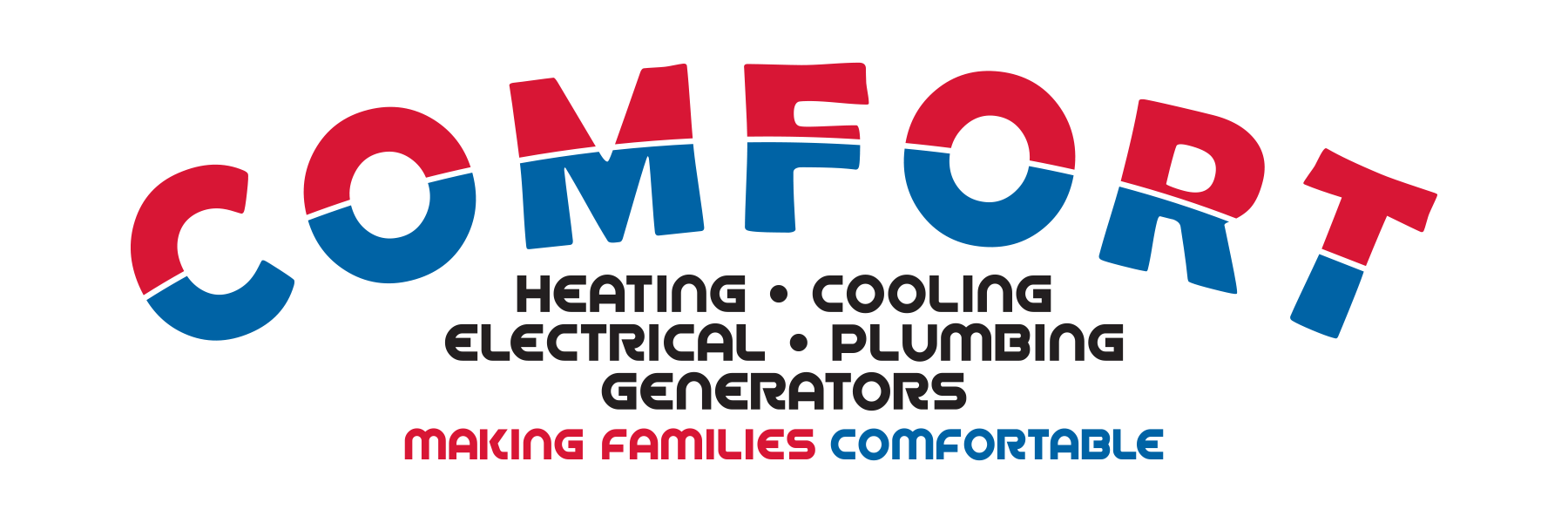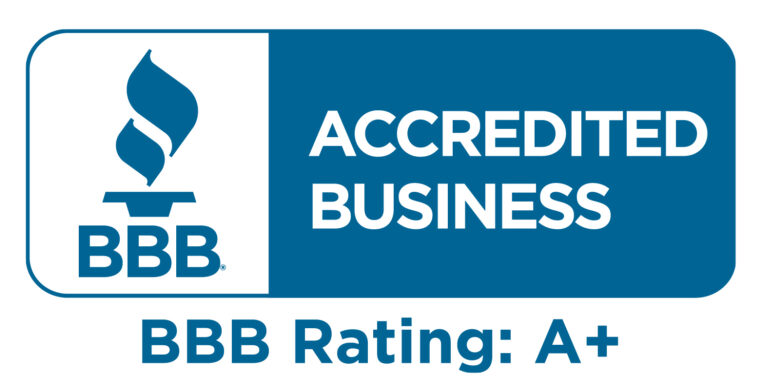Do I Need A Whole House Water Filtration Reverse Osmosis (Ro) System?
Whole House Water Filtration was designed for homes with many water issues. These issues would need to be treated by multiple systems in parallel, therefore, whole house reverse osmosis or RO systems are an extremely helpful alternative.
Installing a RO filtration system at the point of entry for your home's water can help you handle multiple water issues with one sturdy system that can filter out almost any contaminant.
The best way to determine your needs is with a free water analysis from a trained water specialist
Contact us at (208) 773-9928 today!

Kinetico RO Filter Features
MACROLITE™ PRE-FILTER
Kinetico’s exclusive ceramic filter, developed in conjunction with 3M, screens oxidized iron, particulate and other contaminants down to five microns before water reaches the RO stage.
CALCITE
Kinetico’s exclusive ceramic filter, developed in conjunction with 3M, screens oxidized iron, particulate and other contaminants down to five microns before water reaches the RO stage.
Looking for A Job? Consider Joining the Comfort Heat and Air Team!
Whole-House Water Filtration Systems: Your Buyer’s Guide
Purchasing a whole-house water filtration system is a significant, long-term investment in your home. Unfortunately, selecting the system that best meets your requirements can be a complicated experience. Of course, pricing is a significant consideration, but savvy customers make better decisions when presented with precise information. So we've set out to answer your most pressing questions.
As with many home improvement projects, pricing will vary greatly depending on the brand, system size, filtration capability and capacity, and complexity of the installation.
However, numerous aspects other than cost must be considered, which we will examine further in the following questions.
Although consumers appear to have an endless number of options, let's keep things straightforward by concentrating on the four primary filtration processes:
Pre-filters for sediment: These devices usually eliminate suspended particles from water, some of which may be seen with the naked eye. Consider pollutants like salt, silica, and organic materials. Consider these to be a bit like a coffee filter. They are an excellent place to start for filtering because they can be quite effective at removing macroparticles, but they won't remove microparticles.
Carbon filters: While most people associate carbon filters with pitcher systems, whole-house solutions are also an option. A carbon filter can assist in reducing the concentrations of chemical pollutants such sulfur, chlorine fluoride, and others by passing water via a filter made of activated carbon. These filters do more than just clear debris; they also aid in lowering chemical pollutants that may be dangerous to consume, bathe in, or use in appliances.
UV filters: When bacteria and viruses are active, UV light sterilization of water can eliminate microbiological pollutants that may cause illness. UV light has no effect on the chemical makeup of water.
Reverse osmosis filters: Due to the fact that millions of kitchen and bathroom sink cabinets have smaller reverse osmosis (RO) systems installed in order to provide filtered water to a single area in a home, consumers are more familiar with these filters. Water is forced through a semipermeable membrane in a single direction during reverse osmosis treatment of chemical and microbiological pollutants. Only pure water molecules can pass through. Whole-house RO systems simply implement the concept of a single location near the water inlet for a home.
There is no "best" size because every installation has different needs. But it's crucial to keep in mind that the intervals between services get longer the greater the filter. Many homeowners put convenience above all else, so they minimize maintenance while extending the life of individual filters. Larger systems can also handle higher water pressure and more water flow.
As a starting point, a filter size of 4.5" x 20" is suitable for many households as it is a fairly standard size in the industry. For larger residences, a second unit running in parallel may be necessary to provide the best possible water flow and capacity.
In almost every household, a high-quality whole-house filtration system is a wonderful place to start. Who doesn't genuinely enjoy delicious, pure drinking water, after all?
But it's crucial to remember that no method is perfect at solving every issue with water. There may be situations where more than one kind of filtration is needed. Furthermore, a municipality's or a well's water quality may alter with time. Therefore, it's a good idea to test water on a regular basis to evaluate how things might be changing over time and determine whether any filtration improvements are necessary.
As with any other appliance, your whole-house water filtration system needs occasional maintenance. Despite this, most systems are actually fairly simple to maintain: Turn off the water supply to the house (usually a simple valve where the water line enters the house); unscrew the filter housing, remove the filter, and discard it; wash the housing with warm, soapy water and rinse it well; reassemble the housing; and turn the water supply back on.
Any filter is better than none at all, as was previously mentioned. As with an under-sink type, a single-point filter has significant drawbacks.
Capacity: Filling a one-gallon container can take a while because of the extremely low flow rate of these units. There are situations where the water will stop until the filter catches up.
Several objectives: Drinking unfiltered water when brushing your teeth or getting a brief sip from somewhere other than the single point of filtration can be harmful to your health.
Cleanliness: Bathing, laundry, and basic cleaning may all be done much more effectively with filtered water. The better the source, the more pure it is!
Give us a call, and we'll assist in setting up Kinetico water filter choices to suit your requirements.

Take the First Step Get a Free Water Score
Request your complimentary water score today and receive a comprehensive water system and quality assessment at no cost. Our professionals are ready to provide insights and solutions to any water-related concerns you may have. The best water begins with your water score.


